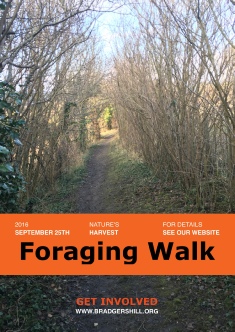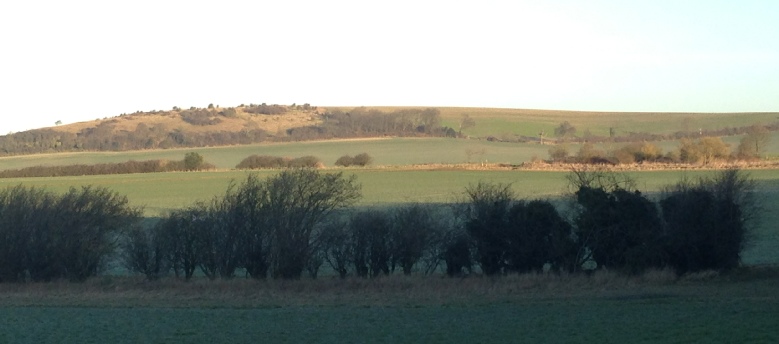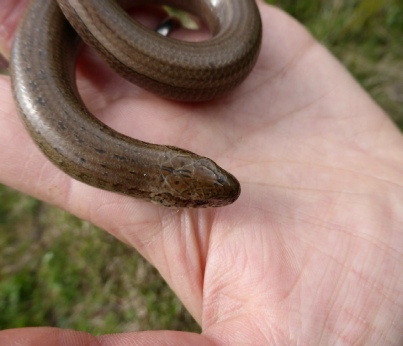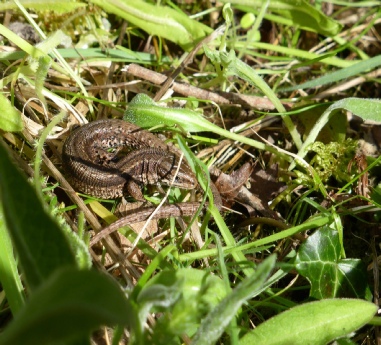

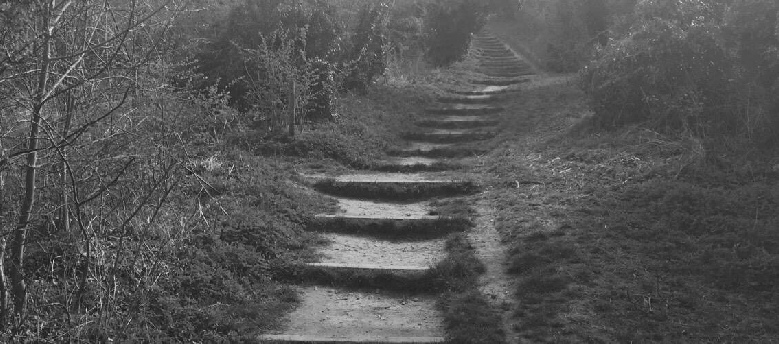

Bradgers Hill, Luton.



Part of the Bradgers Hill Wildlife Weekend 2016
Creatures of the Night Bat & Moth Event 2016
Friday 15th July 2016 saw our “Creatures of the Night Bat & Moth Event” take place. If you wanted to get up close to bats and various species of moth, then this event was for you!
We started things off at 9:00pm at Bushmead Community Centre, Hancock Drive, Luton, with a fifteen minute talk on Moths by local moth expert, Gordon Redford. Gordon succinctly talked a group of twenty three people through the life cycle of moths and showed all those presents live Moth Eggs, Caterpillars (the striking Puss Moth caterpillar), Cocoons and Moths themselves. Gordon explained that he had Bred moths over many successive generations and that the process from emerging from an egg as a caterpillar to becoming a moth can take a year. Gordon pointed out in some instances moths do not emerge from their cocoons after the first year but instead appear in year two or in some instances year three. This was believed to be a survival mechanism in that if the weather or other conditions were not favourable for the survivability of moths, then there would be a back up batch for the following / subsequent years.
We then had a half hour talk and slide show from the Bedfordshire Bat Group. Their talk covered a wide variety of bats from around the world but naturally concentrated on UK bats. It was particularly interesting to hear that Bats mate in the Autumn prior to hibernating. Female bats were capable of storing and preserving semen and subsequently allow themselves to become pregnant when they emerge from hibernation and food is plentiful. Their gestation period was six to eight weeks with a female bat typically giving birth to a single pup weighing up to a third of its own body weight. The young pups would then be looked after for a further six to eight weeks in female nurseries. Female bats were known to leave their young alone in the care of other females while they went to feed. The males took no part in the upbringing of the young. Bats were normally seen from mid March to the end of October each year. The star of the show was then produced, an injured Pipistrelle bat that was in the care of the Bedfordshire Bat Group until it recovered.
At 9:45pm we then departed the Bushmead Community Centre and went for a “Bat Tracking” walk with bat detectors in hand. The detectors were set to detect Pipistrelle bats, the type we have flying around Bradgers Hill. It was only a matter of minutes before we encountered our first Pipistrelles, swooping around a tall tree close to a residential house. The bat detectors all started clicking, with the noise becoming more pronounced as the bats swooped closer. There were smiles on some faces at what was clearly their first sighting of a bat in the wild!
The group then headed off for the second part of our “Creatures of the Night theme.”
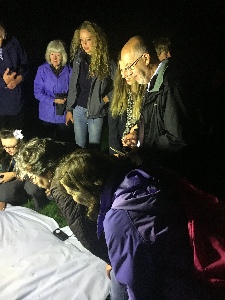 Gordon Redford had set up some equipment to attract the moths into containers which he then passed around for all to see. Gordon helped to identify some of the moths that landed, with the crowd favourite being the huge Elephant Hawk-moth (pictured) with its green and purplish body. You can see a list of the different species of moth we spotted during the course of our evening below.
Gordon Redford had set up some equipment to attract the moths into containers which he then passed around for all to see. Gordon helped to identify some of the moths that landed, with the crowd favourite being the huge Elephant Hawk-moth (pictured) with its green and purplish body. You can see a list of the different species of moth we spotted during the course of our evening below.
Our evening eventually concluded at midnight (half an hour later than planned) due to the huge interest in the moths.
It was an enjoyable evening and one we would hope to repeat.
Our thanks go once again to Gordon Redford and to the Bedfordshire Bat Group for their fascinating inputs and hands on experience.
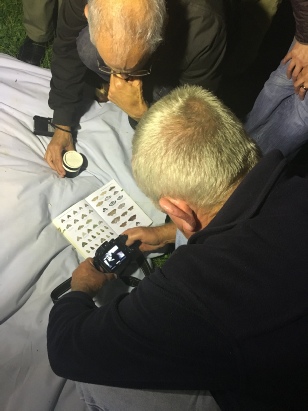
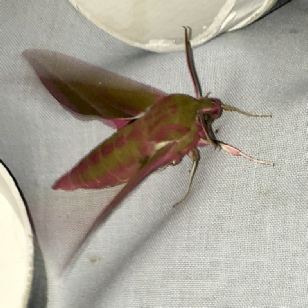
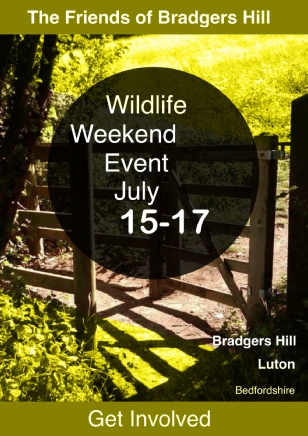

13 Mottled Rustic
14 Large Yellow Underwing(Pants)
15 Lesser Yellow Underwing
16 Elephant Hawk-moth
17 Clay
18 Heart and Dart
19 Cabbage
20 Peach Blossom
21 Dot Moth
22 Small Magpie
23 Bright-line Brown-eye
24 Fan-foot
01 Celypha striana
02 Ghost Moth
03 Clepsis spectrana
04 Brimstone Moth
05 Riband Wave
06 Clouded Border
07 Dark Arches
08 Smoky Wainscot
09 Swallow- tailed Moth
10 Dark Umber
11 Small Emerald
12 Flame Shoulder
Identified Moths Seen
